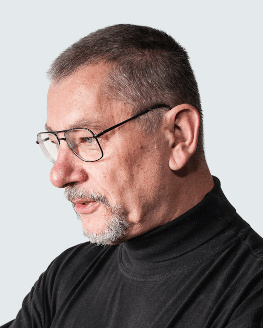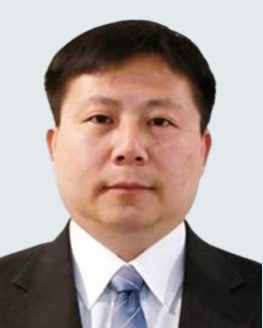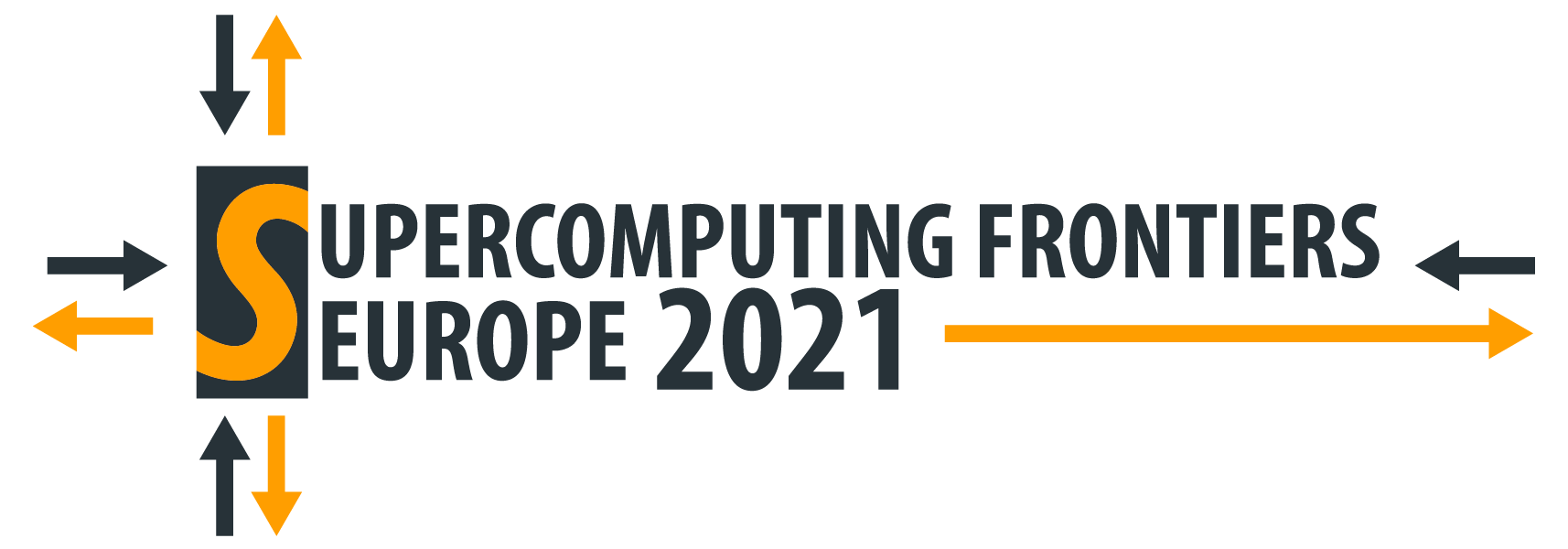Workshops programme
Workshops programme
Workshops will be held between July 22-23, 2021. Previous registration is required due to limited availability.
We reserve the right to modify the programme due to unforeseen circumstances
Creating an engine of scientific discovery – Taxila: Analyzing text in biological context
Prelegents: Sucheendra Kumar Palaniappan and Samik Ghosh
Date: Thu, July 22
Time: 14:00 – 17:15 (CEST)

Abstract
With the unprecedented growth in techniques to measure, mine and model complex systems in nature and life, the possibilities for novel scientific discoveries are expanding exponentially.
Text is the lingua franca of science. Recent advances in natural language processing (NLP), natural language generation and understanding (NLUG/NLU) has opened exciting opportunities to mine textual data to generate hypotheses and empower the engine of scientific discovery, This talk will explore the state of the art in text mining approaches for biological sciences powered by machine learning models, novel computational platforms enriched by high-quality and annotated data in driving the next generation engine of science, with specific focus on biology and medicine.
Schedule (Central European Time (UTC+2))
Creating an engine of scientific discovery – An Overview
Analyzing text in biological context
- Case Studies in biomedical research
- Tools and platform
Break
Hands-on demonstrations:
- Internet access for participants
- Access to latest web-browser on a computer/laptop
Open Discussions
How to select the right GPU for the specific AI workloads
Prelegent: Miro Hodak (Global AI Architect, Lenovo United States)
Date: Fri, July 23
Time: 14:00 – 16:00 (CEST)
Limit: 25 attendees
Abstract
Accelerated workloads are becoming more common and include AI, scientific computing, graphics, and even databases. With more GPUs choices than ever before, it would seem that there is an accelerator for every task. Yet, this also leads to a Paradox of Choice, where it becomes difficult to make a choice due to a large number of options. The goal of this workshop is to bring clarity into the current state of accelerators and to equip attendees with tools helping them evaluate the available choices. Specifically, it will review accelerators from Nvidia and other vendors and compare their performance, performance/Watt and price/performance across AI workloads and beyond. Also, it will show examples of best practices for deployments of accelerated workloads depending on GPU topologies and server internal architectures. Attend to become an expert in accelerated computing.

Miro Hodak
Global AI Architect, Lenovo United States
Miro Hodak leads the AI technology and architecture practice across the Lenovo ThinkSystem portfolio. He specializes in GPU performance tuning, optimization, and solutions on both scale-out and scale-up systems. He joined Lenovo in 2017, coming from North Carolina State University, where he was a Professor of Physics. Miro has experience researching HPC and data modeling on some of the largest supercomputers in the world. He has an extensive publication record spanning artificial intelligence, computer science, physics, and chemistry, his work was cited over 1,400 times. Miro holds his Ph.D. in Materials Science and Engineering from the University of Pennsylvania.
Advanced scientific visualization with VisNow platform
Prelegents: Bartosz Borucki, Jędrzej Nowosielski, Krzysztof Nowiński
(ICM University of Warsaw)
Date: Fri, July 23
Time: 14:00 – 17:15 (CEST)
Abstract
Visual analysis is one of the most powerful tools for data exploration and interpretation. It takes advantage of visualization techniques and allows scientists to work with their research data in interactive and intuitive way. In today’s HPC environment and Big Data era, data analysis techniques, together with visualization, gain on importance. However, the amounts of data and the sizes of single datasets impose the need for adequate software tools. In this tutorial we will address this problem by providing participants with strong tool for data processing, visualization and visual analysis – VisNow, an open source generic platform based on data flow paradigm. The goal of this tutorial is to introduce the audience to the concept of visual analysis, show basic ideas of scientific visualization and to go step-by-step through several case studies in hands-on sessions based on our platform. Problems of visualization of common HPC data structures, including 2-D and 3-D, scalar and vector, regular and unstructured data will be covered and adequate elements of the software described to give participants the basics of VisNow usage.
Brief agenda
- Introduction to Scientific Visualization and Visual Analysis
- Visualization systems and paradigms
- Generic data structures
- Introduction to VisNow
- Hands-on Session #1 – 2D data visualization
- Hands-on Session #2 – 3D data visualization
- Hands-on Session #3 – Vector data visualization
- Hands-on Session #4 – Unstructured data visualization.

Bartosz Borucki
For almost 15 years involved in R&D in the field of scientific data visualization and image analysis. Focusing significantly on areas related to image information and data analytics. Physicist by education – in the field of Computer Methods and Optical Information Processing. Since 2006, he’s been working with the Interdisciplinary Center for Mathematical and Computational Modeling at the University of Warsaw, where he currently heads the Artificial Intelligence and Image Analysis in Medical Diagnostics group (formerly Laboratory of Visual Analysis / VisLab). Within visualization, he focuses on issues related to scientific visualization as well as the development and application of IT tools for visualization. In the field of image analysis, above all – the development of computer-aided methods in medical imaging and radiology, using mathematical models, machine learning, artificial intelligence, augmented reality and visual methods. Co-author and project manager of VisNow. Founding member of „Scientific Visualization Association visnow.org“.

Jędrzej Nowosielski
Jędrzej Nowosielski graduated from Individual Inter-Faculty Studies in Mathematics and Natural Sciences at the University of Warsaw (MSc in physics). He received PhD in physics from Heriot-Watt University in Edinburgh (UK) in 2014. He currently works in Artificial Intelligence and Image Analysis in Medical Diagnostics group (formerly Laboratory of Visual Analysis / VisLab) at Interdisciplinary Centre for Mathematical and Computational Modelling, University of Warsaw (ICM UW). He is a member of VisNow development team. He also works in Epidemic Model Group at ICM UW. His research interests include visual analysis of medical images, machine learning and particularly deep learning in the context of explainable artificial intelligence(XAI) as well as epidemic modelling and agent-based models in particular.

Krzysztof Nowiński
Pure mathematician by education (PhD in algebraic-differential topology) but working in mathematical modeling and visualization for 50 years. Definitely switching to computational and visual modeling in late eighties, with the application areas including computational chemistry (molecular mechanics and dynamics), operational research, and medical image analysis and modeling of physiological processes. Actively developing advanced visualization software (AVS mainly) since early nineties. Proposer and active developer of the VisNow system, founding member and president of the Scientific Visualization Association visnow.org.
Overcome limitations of Scheduling Systems with QCG-PilotJob
Prelegents: Bartosz Bosak, Piotr Kopta, Tomasz Piontek, Wojciech Szeliga
Date: Thu, July 22
Time: 15:00 – 17:00 (CEST)
Abstract
The tutorial will deliver basic knowledge about the idea, functionality and particularly the practical usage of QCG-PilotJob [1], a flexible tool which allows users in an easy, efficient and unified way to execute a large number of jobs on various types of computing resources. That being said, it should be stressed that the tool is designed to be easily installable and run in the same way regardless if it is an installation on a high-end HPC system , smaller campus resource or a user’s personal laptop.
Brief agenda
The tutorial will consists of the following items:
- Theoretical introduction to QCG-PilotJob
- Hands-on with Jupyter Notebook Platform:
- Registration (it is advised to do this in advance, registration will be available one day before the tutorial)
- Installation of QCG-PilotJob
- Usage
- Batch usage and JSON-based QCG-PilotJob’s request file format
- Programmable usage with main API and executor API
- Demonstration of practical application of QCG-PilotJob for EasyVVUQ toolkit
- QCG-PilotJob in its natural environment – an example of a dynamic scenario that was based on QCG-PilotJob in order to execute it on an HPC cluster
- Q&A
[1] https://qcg-pilotjob.readthedocs.io
BIO
The authors of QCG-PilotJob is a team of experienced specialists from the Poznan Supercomputing and Networking Center who for many years are engaged in the development of software supporting complex computations. The team members have extensive knowledge and practical skills in such aspects as tasks scheduling, distributed computing, workflows orchestration as well as design and implementation of user-level tools. These were gained during the course of many national and international projects and on the basis of close cooperation with a variety of stakeholders, including computational scientists on the one hand and representatives of the computing facilities and systems administrators on the other.
Hybrid learning with AI powered Huawei IdeaHub solution – the new style of smart education
Prelegent: Piotr Pawlikowski (Video Collaboration Products Business Development Manager, Huawei CEE&Nordic)
Date: Fri, July 23
Time: 16:15 – 17:15 (CEST)
Limit: 25 attendees
Abstract
Huawei IdeaHub is the state of the art product line of interactive monitors that promotes creativity as well as efficient and versatile team collaboration. During our workshop I’ll present how simple and inspiring hybrid learning / working could be. With artificial intelligence inside, Huawei IdeaHub turns every room into smart room. Bundles intelligent writing with ultralow 35ms latency, High Definition (HD) video conferencing with speaker tracking, crystal clear audio as well as smooth 4K quality wireless sharing. All these intelligent features will be presented during our workshop.

Piotr Pawlikowski
Video Collaboration Products Business Development Manager, Huawei CEE&Nordic
Graduated MBA studies of Strategic Management. He has participated in many video collaboration projects as a product manager and presales. He has more than ten years of experience in videoconferencing and audiovisual solutions: advised customer in the educational, financial, automotive and small and large business sectors. In Huawei is responsible for supporting the development of IdeaHub in the CEE&Nordic region.
Huawei AI technology and Dorado mass storage in a modern way
Prelegent: Arkadiusz Giedrojć (Chief Technology Officer for IP Solutions, Huawei CEE & Nordics)
Date: Thu, July 22
Time: 17:30 – 18:00 (CEST)
Limit: 25 attendees
Abstract
For many years, the network of mass storage devices will have a technological island, with more railways. Often dominated by solutions that did not solve the problem of a Fiber Channel solution in the market dismissal process. The amount of data processed and reviews of their publishing terms, such as innovations such as SSD, MVMe or RDMA technology. It has been found that this speed and innovative Ethernet technology connects storage faster and more efficiently than a Fiber Channel network. The presentation show how to use technologies based on Huawei AI technology and Dorado mass storage in a modern way.

Arkadiusz Giedrojć
Chief Technology Officer for IP Solutions, Huawei CEE & Nordics
He has over 20 years of experience in the IT industry. Before joining Huawei, he built a career mainly in Arista Networks (responsible for Central and Eastern Europe) and Hewlett Packard as engineer and at advisory and management positions – at national and regional level. He is also a co-author of the “Data Center Service Oriented Networking” patent. His experience is supported by his education at the Gdansk University of Technology, the Kellogg School of Business and the London Business School.
OceanStor Pacific next genenration HPDA storage
Prelegent: Zhihao Tang (Senior Architect at Huawei)
Date: Thu, July 22
Time: 18:00 – 18:30 (CEST)
Limit: 25 attendees
Abstract
Huawei OceanStor Pacific Next-gen HPDA Storage Introduction
- Huawei had built a full-stack infrastructure solution for HPC.
- focus on the development of IT infrastructure and professional services in HPC,
- offer a variety of professional solutions for customers across different industries.

Zhihao Tang
Senior Architect at Huawei
- 20 years’ experience in the enterprise storage.
- Support numerous enterprise customers across continents including Europe, Asia and US.
- Contribute to multiple key technical projects for Huawei storage products.




